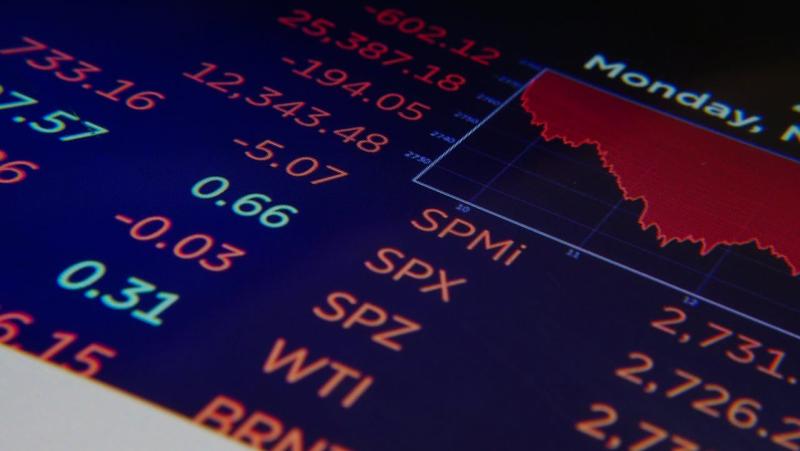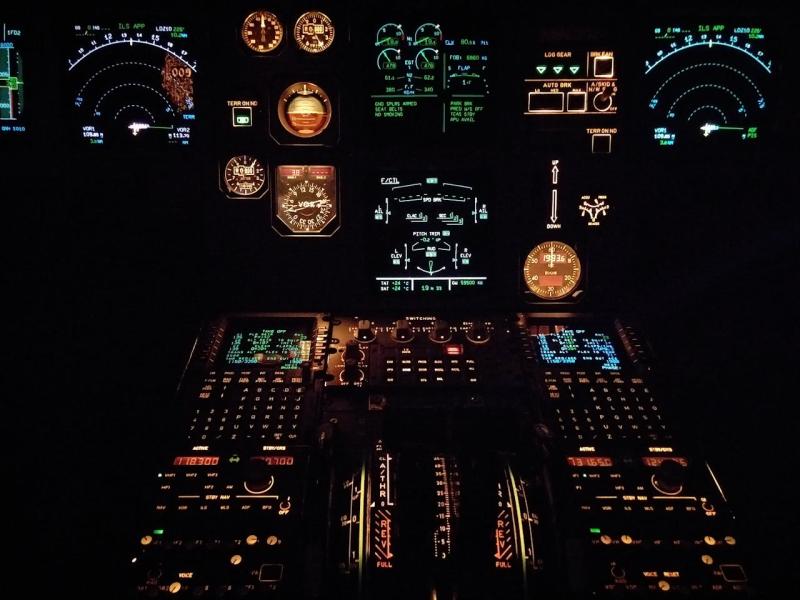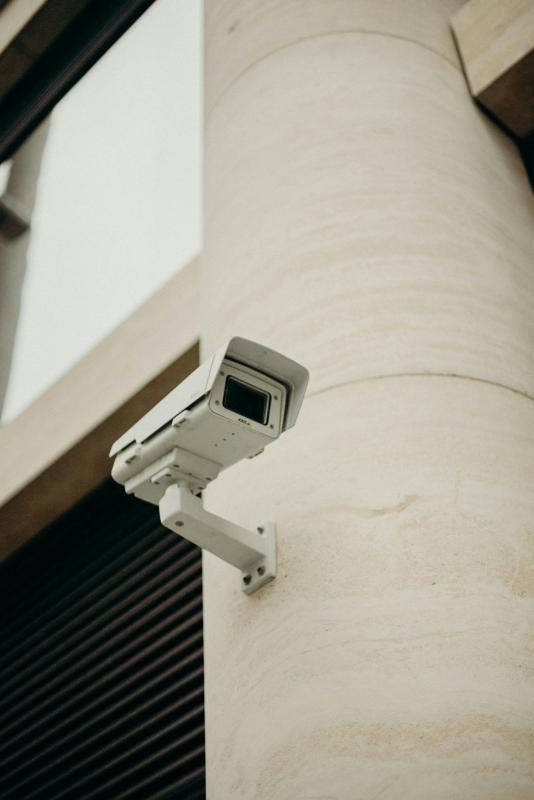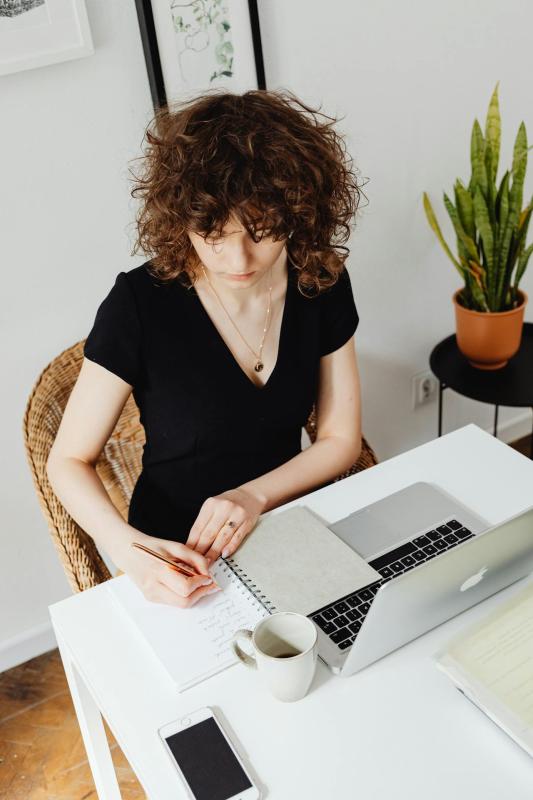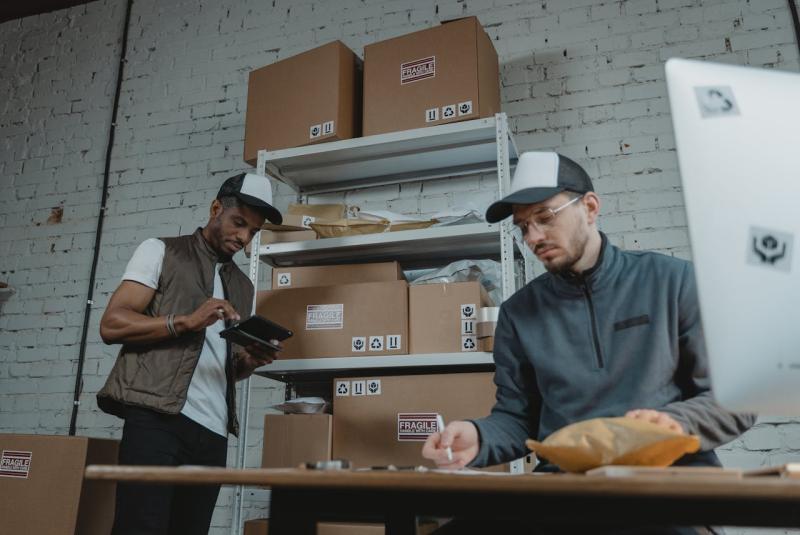Why Board And Batten Siding Is A Classic Choice For Homeowners
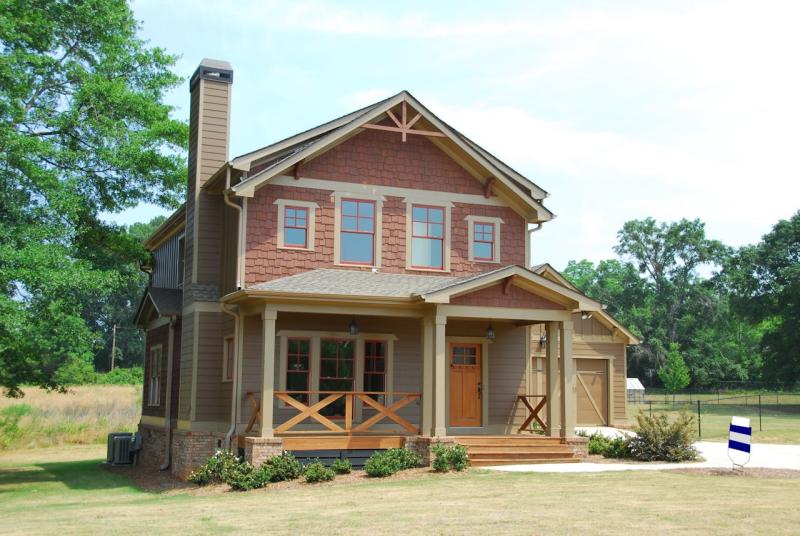
Board and batten siding has a rich history that can be traced back centuries. This unique siding style originated in Europe, where it was commonly used on barns, farmhouses, and other rural structures. The design was practical and functional, providing a cost-effective way to protect buildings from the elements while also adding visual interest to the exterior.
Advantages of board and batten siding
One of the primary advantages of board and batten siding is its exceptional durability and weather resistance. The overlapping design of the boards and battens creates a tight, water-resistant barrier that helps to protect your home from the elements. This siding style is particularly well-suited for homes in regions with harsh climates, as it can withstand high winds, heavy rain, and even snowfall with minimal maintenance.
In addition to its practical benefits, board and batten siding also offers a unique aesthetic appeal that can enhance the overall curb appeal of your home. The alternating pattern of wide boards and narrow battens creates a distinctive visual texture that adds depth and dimension to your home's exterior. This siding style can be particularly effective in accentuating architectural features, such as gables, dormers, and window trim, helping to draw the eye and create a visually striking effect.
Different types of board and batten siding materials
One of the reasons why board and batten siding remains a popular choice among homeowners is the wide variety of materials available. From classic wood to durable vinyl and fiber cement, there is a board and batten siding option to suit every budget, aesthetic preference, and maintenance requirement.
Wood is a traditional and timeless choice for board and batten siding. This natural material offers a warm, rustic charm that can be further enhanced through staining or painting. However, it's important to note that wood siding requires more maintenance than some of its synthetic counterparts, as it is susceptible to weathering, rot, and insect damage over time.
For homeowners seeking a low-maintenance option, vinyl and fiber cement board and batten siding can be excellent choices. These materials are designed to resist the elements, requiring little more than occasional cleaning to maintain their pristine appearance. Vinyl siding is known for its durability and weather resistance, while fiber cement offers the added benefit of fire resistance and enhanced insulation properties.
Board and batten siding design ideas and inspiration
One of the most appealing aspects of board and batten siding is its ability to complement a wide range of architectural styles and design preferences. Whether you're drawn to the rustic charm of a farmhouse or the clean, modern lines of a contemporary home, there's a board and batten siding solution that can help to bring your vision to life.
For those seeking a traditional, timeless look, a classic wood board and batten siding in a warm, natural tone can be an excellent choice. This siding style pairs particularly well with features like gabled roofs, dormers, and shuttered windows, creating a harmonious and cohesive overall aesthetic. Alternatively, homeowners looking to achieve a more contemporary aesthetic may opt for a sleek, minimalist board and batten siding in a neutral color palette, such as white or gray, to complement the clean lines and angular forms of their home's design.
Beyond the basic material and color choices, there are numerous ways to customize your board and batten siding to reflect your unique style and personality. For example, you might experiment with different board widths or batten spacing to create a more pronounced visual rhythm or incorporate accent materials like stone or brick to add depth and texture to your home's exterior. The possibilities are endless, making board and batten siding an incredibly versatile and expressive choice for homeowners.
Cost considerations for board and batten siding
One of the key factors that homeowners must consider when choosing a siding option is the overall cost, which can include both the initial installation expenses and the long-term maintenance and repair costs. When it comes to board and batten siding, the cost can vary depending on the specific material used, the size and complexity of the project, and the region in which the home is located.
In general, vinyl and fiber cement board and batten siding tend to be the most cost-effective options, with average installation costs ranging from $6 to $12 per square foot. These synthetic materials are not only durable and low maintenance but are also relatively easy to work with, which can help to reduce labor costs. Wood board and batten siding, on the other hand, may be more expensive, with average installation costs ranging from $8 to $15 per square foot. The higher material and labor costs associated with wood siding can be offset by its timeless aesthetic appeal and the ability to customize the look and finish to suit individual preferences.
It's important to note that the initial installation cost is just one factor to consider when budgeting for a board and batten siding project. Over the long term, the ongoing maintenance and repair costs can also have a significant impact on the overall investment. Homeowners should carefully weigh the upfront expenses against the expected lifespan and maintenance requirements of their chosen siding material to ensure that they make the best decision for their home and their budget.
Conclusion

